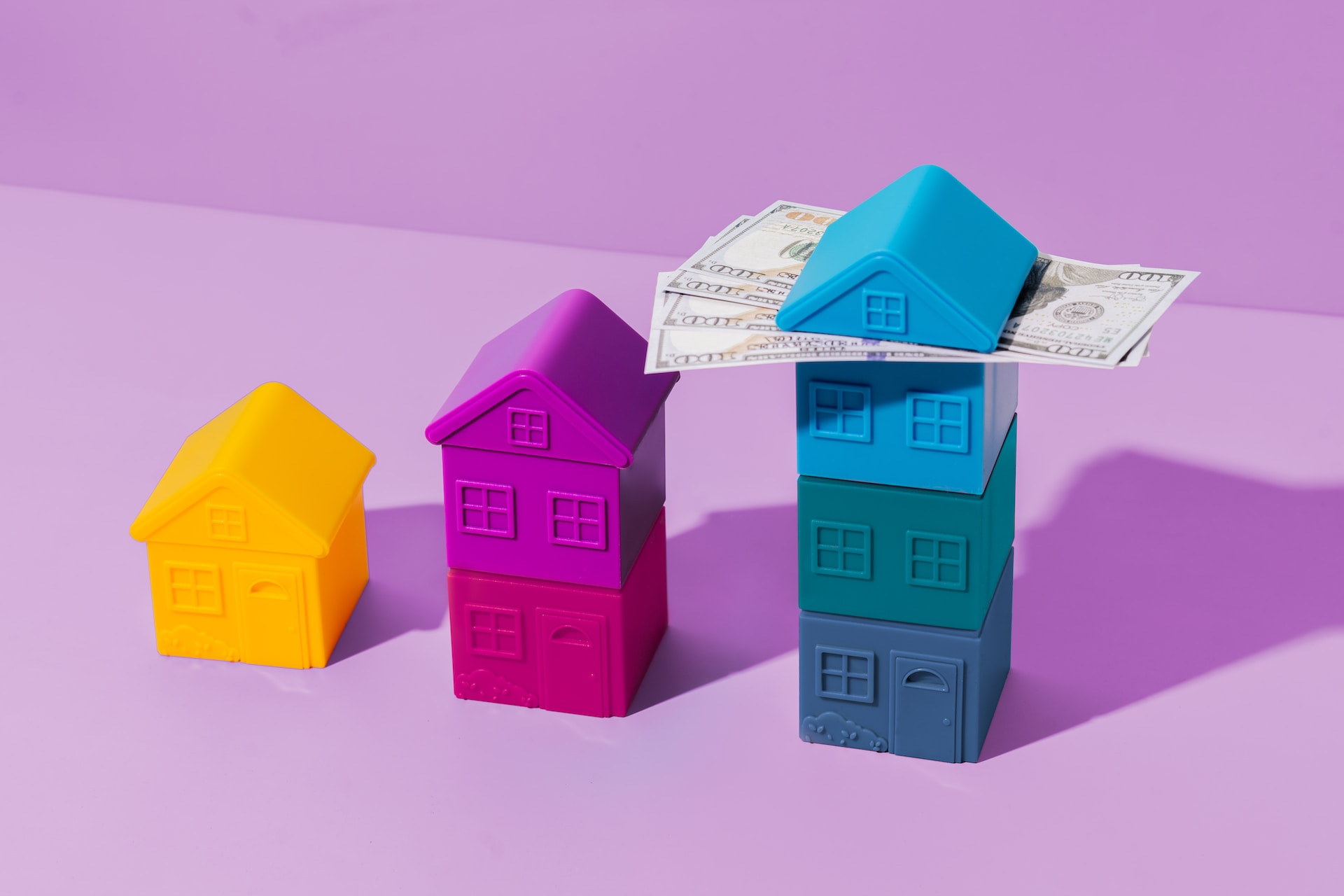Digitizing the Property Market: The Rise of Tailored Applications
The foundation for ongoing development in future building, operation, transaction, and recycling processes in real estate is digitalization. All buildings must be to some extent digitalized in order to continuously identify upgrade needs and reduce the CO2 impact of the real estate industry.
The realm of real estate development has experienced a significant digital transformation over the years. Utilizing digital tools such as CAD and BIM have become the norm in the construction of new buildings. As technology continues to advance, and with the advent of communication protocol standardization, the real estate industry is on the brink of a more profound digital evolution. Platforms like Homestack are playing a pivotal role in this transition, bridging the gap between traditional real estate practices and the modern digital landscape.
Digitalization occurs at every stage of the construction process.
Real estate assets move through phases of design and construction, operation and maintenance, retrofitting and refurbishing, ownership changes, and finally demolition and recycling throughout the course of a building’s life cycle. The bulk of buildings are currently in the operation and maintenance phase, and all real estate assets worldwide are currently in at least one of these phases.
The life cycle of a building’s utilization phase is unquestionably the longest period. Therefore, at this time, huge savings can be made. Building data must be transferred into digital models to ensure consistent, ongoing improvement.
Digitalization resources and technologies
The most well-known digital tools employed in real estate are as follows:
- Building management systems (BMS) have been used in new buildings for more than ten years already.
- Building information models (BIMs), which are necessary in many international building contracts
- Virtual reality property tours, which are increasingly used in residential real estate sales
Smart home gadgets that, for instance, employ sensors to give lighting and heating control inside of homes are already widely accessible.
Along with the advancement of these already well-known technologies, new ones are created every year. LIDAR sensors are among them, and they can help with digitalization initiatives during renovation and construction. For submetering, smart meters enable a detailed examination of quantitative consumption data during the use phase. Real-time-based automation are made possible in currently non-automated building systems by the efficient use of sensor technologies.
Data input for these technologies comes from a range of sources, such as:
- BIMs
- Sensors
- Metering
- LIDAR scans
- Data processing in a BMS
- automated systems
The data cycle can be closed by using this data for predicting and then re-inputting it into data input scenarios.
All systems must be able to communicate with one another in the future, speak a common digital language, and provide accessibility across all brands. This calls for clearly stated, agreed-upon, and adhered-to standards.
In ten years, where should we be?
Our aim should be to deploy a BIM fully across the design and construction phases. This necessitates the standardization of all processes and the creation of data requirements, as well as sustainability data for all items supplied by construction material manufacturers. This will all require a lot of work.
The goal of the building operation phase must be to make existing structures as digital and intelligent as possible. Regardless of how ancient the buildings are, sensor technology needs to be used in them. To increase the effectiveness of maintenance programs and to enable automation based on real-time data monitoring, automation platforms must be accessible.
To ensure the ongoing availability of as-built data, refurbishment projects must put a strong emphasis on digitalizing building structures in BIMs. For instance, when there is access within the wall during refurbishment cycles, the precise location of pipes in existing building structures must be digitalized.
Contractual specifications for transactions, renovation, construction, design, and operations must contain KPIs that concentrate on operations and the use of readily available digital data to automate processes and boost efficiencies in order to make all of this possible.
What should be altered?
Although there are already many technologies available to hasten the real estate market’s transition to a more digital environment, there is still a long way to go. What’s missing is:
- all parties’ commitment to putting emphasis on digitalization as the cornerstone of a sustainable future
- Data protocols and languages should be standardized to ensure communication between all building components and across all phases.
- Concentrate on the built environment, which represents the largest market share, and gradually digitalize existing building structures
The future is quickly approaching. To stay up, all real estate assets must be converted into digital models that use real-time data to optimize workflows, boost resource efficiency, and hit CO2-saving goals for both new and existing buildings.

